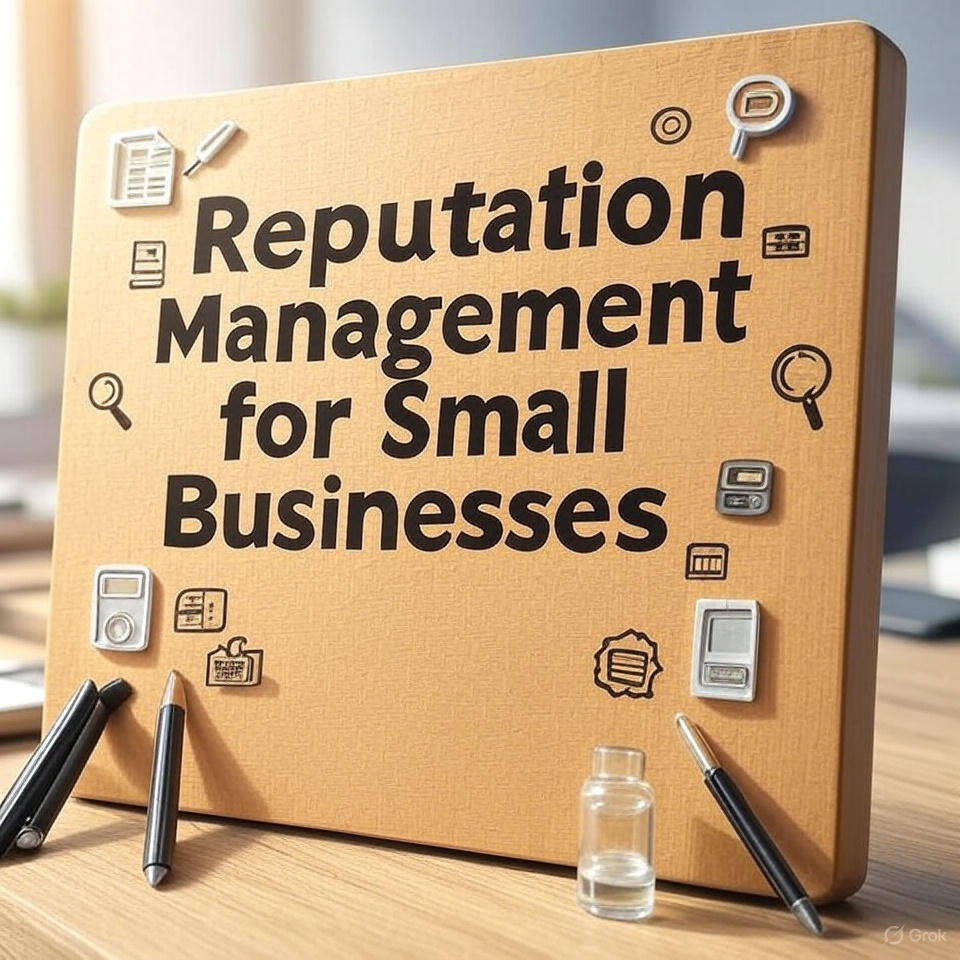In today’s digital landscape, your brand’s online reputation is everything. A single negative review or online incident can severely affect your business. But don’t worry—protecting your online reputation doesn’t have to cost a fortune. By implementing a few smart strategies, small businesses can effectively manage their online image without breaking the bank. Let’s dive into practical tips and solutions.
What is Online Reputation Management?
Online Reputation Management (ORM) refers to the practice of controlling and improving your business’s digital footprint. It involves managing online content, addressing negative reviews, and enhancing the positive aspects of your brand’s presence on the web. For small businesses, ORM is critical, as it helps build trust with potential customers and safeguard the business from harmful content.
Why Reputation Management is Important for Small Businesses
Small businesses often rely heavily on their online reputation to attract and retain customers. With many consumers reading reviews and checking online feedback before purchasing products or services, a poor reputation can lead to lost opportunities. Reputation management ensures your business stays in the good graces of your customers by handling negative content proactively and promoting positive stories about your brand.
Practical Tips for Protecting Your Online Reputation on a Budget
1. Regularly Monitor Your Online Presence
Being proactive is the key to reputation management. Regularly monitor what’s being said about your business online. By tracking your brand’s mentions on Google and social media, you can catch negative feedback early and address it before it escalates.
● Google Alerts: Set up notifications for your business name, products, or industry-related keywords.
● Social Media Monitoring: Tools like Hootsuite or TweetDeck can help you keep track of online mentions and conversations about your brand.
2. Encourage Positive Reviews from Satisfied Customers
A great way to counter negative reviews is by gathering positive ones. Satisfied customers are often more than willing to share their experiences, so make it easy for them to do so. A steady stream of good reviews can drown out any negative content and boost your credibility.
● Ask for Reviews: After a successful transaction, ask your customers to leave a review. Make sure the process is simple by sending them a direct link to your review platform.
● Incentives: Offering discounts or loyalty rewards for reviews can motivate customers to provide feedback.
3. Respond Promptly to Negative Reviews
Don’t ignore negative feedback—address it professionally and promptly. A quick response shows that you care about your customers and are willing to make things right. It also helps to publicly resolve the issue, which builds trust with other potential customers who may read the review.
● Apologize and Offer Solutions: Always apologize for any inconvenience and offer to resolve the issue offline.
● Stay Professional: Avoid getting defensive or argumentative. A calm, respectful response can often turn a disgruntled customer into a loyal one.
4. Invest in Content Removal Services
If harmful or misleading content appears online, you might need professional help to remove it. Content removal services are an affordable solution to clean up your online image. Whether it’s a defamatory article or outdated information, getting rid of harmful content can help you restore your reputation.
At MediaRemoval.com, we specialize in removing negative content from search results, ensuring your business is not held back by damaging articles or reviews. With effective content removal strategies, you can move forward without the burden of harmful information lingering on the web.
5. Create Positive, Shareable Content
The best way to protect your brand’s image is to regularly produce positive content that highlights your business’s strengths. Whether it’s through blogs, testimonials, or press releases, consistent positive content will push any negative content down the rankings on Google.
Pro Tip: Write engaging blog posts on topics relevant to your business. For example, we’ve written a detailed guide on “How to Remove Negative Content from Google“, which can help you understand the practical steps involved in protecting your online presence.
6. Implement Reputation Repair Strategies
If your business has already suffered from a damaged reputation, don’t worry—there are ways to repair it. Reputation repair typically involves a mix of removing harmful content, promoting positive content, and engaging with customers who have had negative experiences.
Using services like MediaRemoval.com can help expedite the process of removing negative content and replacing it with positive signals that improve your digital standing.
7. Stay Active on Social Media
Social media is an excellent tool for building your brand’s reputation. Regularly post updates about your business, industry news, and customer success stories. Engage with your followers by responding to comments and messages quickly. A strong social media presence can help maintain your brand’s reputation and prevent negative content from taking center stage.
Final Thoughts: Take Action Now to Protect Your Reputation
In today’s competitive digital landscape, your online reputation is a vital asset. With the right strategies, small businesses can protect their brand without spending a fortune. By regularly monitoring your online presence, responding to reviews, creating positive content, and using
professional content removal services, you’ll ensure your business stays in good standing with your audience. If you’re serious about protecting your online reputation, MediaRemoval.com offers effective and affordable content removal services. Let us help you remove harmful content and repair your online image.





